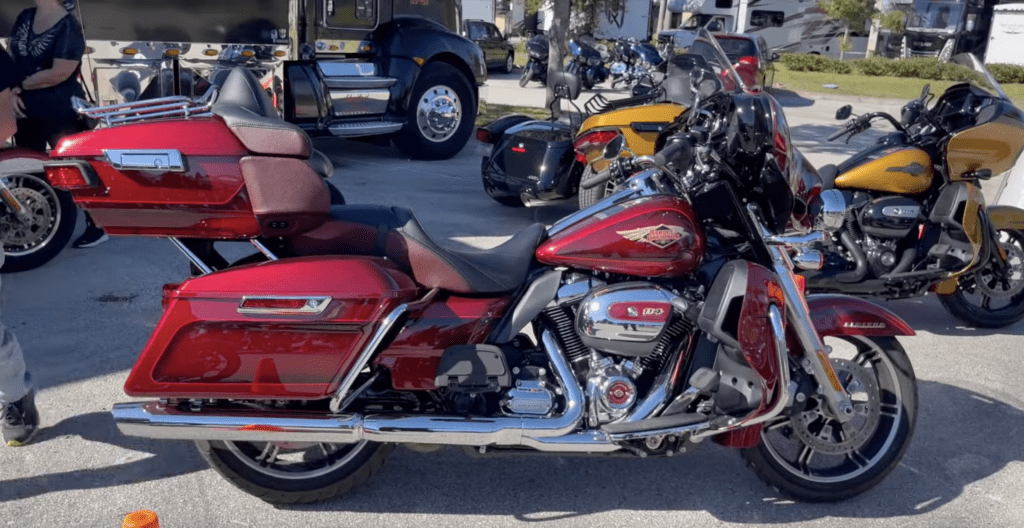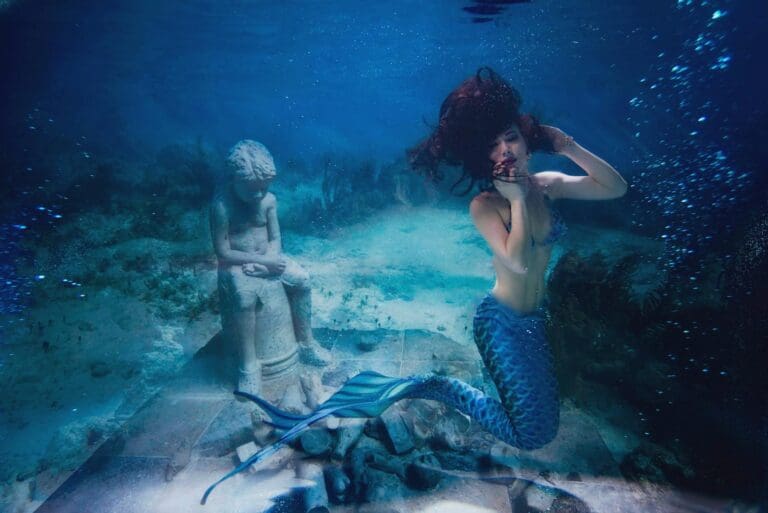Unlike Harley-Davidson, few brands have captured the essence of freedom, rebellion, and craftsmanship. From humble beginnings to industry-defining innovations, the motorcycles they’ve produced over the past century have shaped American culture and left an undeniable mark on global motorcycling history.
What’s most fascinating isn’t just their technical evolution—it’s how Harley-Davidson has consistently balanced heritage with reinvention, creating machines that honor tradition and push boundaries.
A Legacy Built on Innovation and Attitude
Harley-Davidson’s early years set the tone for what would become a brand deeply rooted in mechanical innovation and bold design. The 1915 Harley Davidson 11F didn’t just roll off the production line — it changed the rules of motorcycling by introducing the company’s first three-speed transmission and electric lights. These upgrades weren’t luxuries; they were revolutionary for their time.
Fast-forward to the 1936 EL “Knucklehead” — a bike born at the hands of the Davidson brothers and William S. Harley. It wasn’t just a motorcycle; it was a bold statement in engineering with its overhead-valve V-twin engine, forever changing performance expectations.
Throughout the decades, Harley-Davidson didn’t rest on its laurels. The company leaned into its daring spirit with models like:
- The 1983 XR-1000 — blending street style with racing DNA.
- The 2006 Screamin’ Eagle VRSCSE2 — a Porsche-engineered powerhouse.
- The 2018 Low Rider S — proving performance and style could coexist.
Each model signaled a willingness to adapt while fiercely loyal to Harley’s DNA.
Designing for Every Kind of Rider
Perhaps Harley-Davidson’s most underrated achievement is its commitment to creating motorcycles that suit different riding lifestyles. The brand carved its identity through diversity, from adrenaline-fueled racers to laid-back cruisers.
Consider the 2012 CVO Softail Convertible—a bike that broke the mold by offering removable windshields and seats, perfect for city commutes and long-haul adventures. This duality speaks to Harley’s understanding of its riders: they want power and practicality.
Similarly, the 1980 Harley Touring line became synonymous with cross-country travel. These bikes were not just transportation—they were homes on wheels, boasting creature comforts like saddlebags, radios, and advanced suspension systems for endless highways.
It’s no coincidence that Harley-Davidson’s most revered models, like the 2019 Electra Glide Ultra Limited, are often associated with freedom and exploration. These bikes didn’t just offer speed—they created unforgettable riding experiences.

Tradition Meets the Future: The Evolution Continues
A connecting thread through Harley-Davidson’s history is its masterful blend of old-school charm with modern engineering. Take the VRSCA V-ROD from 2002 — a muscle-bound cruiser with a futuristic aesthetic developed to go head-to-head with Japanese competitors. Take the iconic Fat Boy from 1990 — a bike that embodied retro cool and delivered serious performance.
Starting in 1999, Harley-Davidson’s limited-edition CVO (Custom Vehicle Operations) models perfectly reflect this strategy. These machines offer bespoke designs, powerful engines, and a level of customization that satisfies hardcore enthusiasts.
The enduring appeal of Harley-Davidson motorcycles lies in this delicate balancing act. They honor their rich past — think Panhead and Knucklehead engines — while boldly innovating for the next generation of riders.
Why Harley-Davidson Will Always Ride Ahead
Harley-Davidson’s story is one of resilience, creativity, and a deep understanding of its community. More than just machines, these motorcycles represent personal freedom, rebellion, and craftsmanship honed over a century. From the dirt tracks of the KR750 to the luxurious comfort of the Electra Glide Ultra Limited, every Harley tells a story — and every rider adds a chapter.
And that’s why Harley-Davidson isn’t just a motorcycle brand — it’s a living, roaring, chrome-clad legend.
Related: The 20 Best Harleys Ever Made








